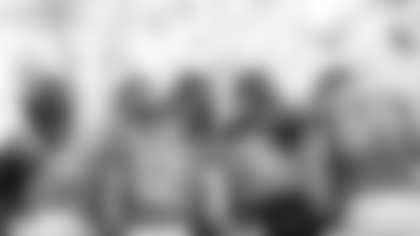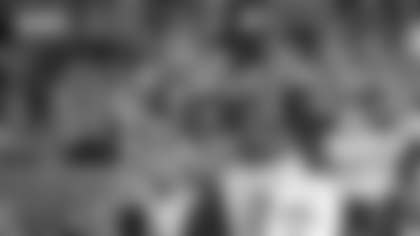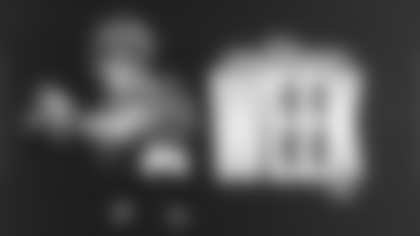Three things that stand out about the Denver Broncos are that for four decades, the Broncos have been winners, have been sold out at home, and have been united in orange.
The winning is in the record — owner Pat Bowlen needs just six wins to become the first NFL owner ever to have 300 wins in his first 30 years of ownership.
The sellout streak began with the first game of the 1970 season and is now in its 44th season, second in length only to that of the Washington Redskins.
But what about the orange?
A great and fitting marketing theme is "United in Orange," and the Washington game on October 27 has officially been designated as the United in Orange game for 2013.
For a couple of years we also had "Orange Ride," when fans were encouraged not only to wear orange but to ride their bikes to the game — this will remain an encouraged concept for the October 27 game this year.
But how and when did it all begin?
The Broncos' first predominate team colors were brown and yellow (mustard, really), and the orange and blue were not adopted until 1962 when Head Coach and General Manager Jack Faulkner took command and decided to give the team a new image.
But fans did not start wearing orange and dressing like every Sunday was Halloween.
There was no indication of the upcoming orange epidemic until the 1971 season.
That was the year which opened with a 10-10 tie game here vs. the Miami Dolphins — the famous "half a loaf" game. Head Coach Lou Saban played for the tie and postgame said, "Half a loaf is better than none."
Saban was in the fifth year of his 10-year contract as coach and general manager and disenchantment had set in. The natives were restless and some of them were getting downright hostile.
When Denver lost to Green Bay, Kansas City and Oakland, garbage was being dumped on Saban's lawn by a few misguided souls who thought they were Bronco fans.
That is when Charlie Goldberg, Denver businessman (owner of The Barnett Company) and long-time fan and Quarterback Club member, launched a counterattack in the name of basic decency and in support of coach and team. What followed is one of the great off-the-field moments in Denver Broncos history.
He went out and bought every piece of orange cloth he could find in Denver and Sam Mandelbaum of Karman Western Apparel agreed to cut them into manageable size pieces.
"We had enough to give maybe 35,000 fans in the crowd of 51,000 a piece of orange cloth to display that day," Charlie recalled to me many times. "We beat the Chargers 20-16, won the next week in Cleveland and Dave Costa and Floyd Little made it a point to say how much the support had meant to the team. You might say a tradition was born," Charlie said.
Yes, Charlie, you might say so.
Tradition did not save Lou Saban, however, whose frustration was such that he resigned at season's end. Still, his contribution here and at other pro football stops was enough that he is on the Pro Football Hall of Fame preliminary ballot for 2014.
But the next orange push surfaced before the sixth game of the 1973 season, for Denver's first ever Monday Night Football television game against, of course, the Oakland Raiders.
Goldberg, then the Quarterback Club president, went to Denver Mayor Bill McNichols and asked him to proclaim the game as "Orange Monday." The mayor had a strong Irish Catholic background, so the color orange was not part of Mayor Bill's heritage growing up, but he chuckled with Charlie and went along with the request.
And Denver tied the Raiders on Jim Turner's field goal, 23-23, in one of the most seminal games ever played in the Mile High City.
By 1973 the fans were becoming used to "Orange Sunday/Monday," and Goldberg ended many of his public events with the rallying cry of "Big Orange….how sweet it is!"
When the Denver defense became one of the game's best in 1977, the theme of "Orange Crush" caught on, and that is sometimes in use even to this day.
And of course, we are now led by the greatest quarterback of his and many other generations, Peyton Manning, who went to the University of Tennessee, where the rallying cry of "Go, Big Orange" is a staple at Volunteers games.
So as we continue, United in Orange, the next time a friend or relative says, "How did all this orange stuff start?", you won't be at a loss for the accurate answer.
Big Orange…How Sweet it Is.






